- Home›
- Healthy Living›
- 12 Home Remedies To Get Rid Of Boils On The Inner Thighs
12 Home Remedies To Get Rid Of Boils On The Inner Thighs
By: Priyanka Maheshwari Fri, 21 July 2023 3:26:08

Boils on the inner thighs can be uncomfortable and sometimes painful skin infections that result from bacteria entering the hair follicles or sweat glands. While seeking medical attention is important for severe or recurring cases, mild boils can often be managed effectively with simple and natural home remedies. In this article, we will explore various time-tested home remedies that harness the power of natural ingredients to soothe inflammation, combat infection, and promote healing of boils on the inner thighs.
These home remedies are easily accessible, affordable, and generally safe for topical use. However, it's crucial to exercise caution and avoid squeezing or attempting to lance the boil yourself, as this can lead to further complications. If you have any concerns or doubts about the condition, it is always advisable to consult a healthcare professional for proper evaluation and guidance.
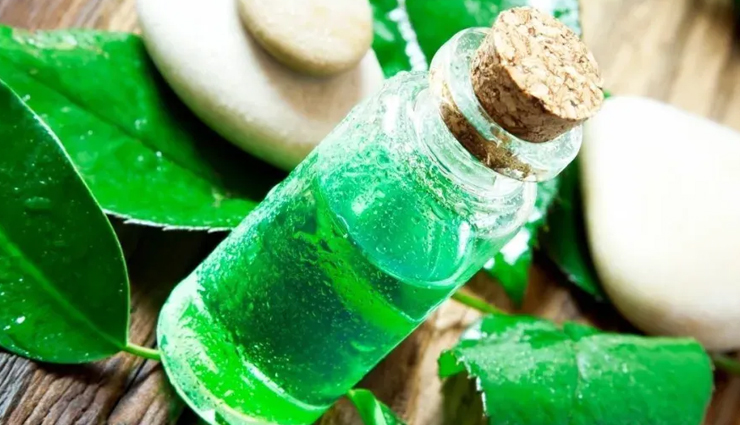
# Tea Tree Oil:
Tea tree oil is a natural remedy that can be used to help treat boils on the inner thighs due to its potent antibacterial and anti-inflammatory properties. Here's how you can use tea tree oil for this purpose:
- Tea tree oil is very concentrated and can be harsh on the skin if used undiluted. Mix a few drops of tea tree oil with a carrier oil such as coconut oil, olive oil, or almond oil. This will help reduce the risk of skin irritation while still maintaining the oil's effectiveness.
- Before applying the diluted tea tree oil, clean the area around the boil with mild soap and water. Gently pat the area dry with a clean towel.
- Using a cotton swab or a clean fingertip, apply the diluted tea tree oil directly to the boil. Make sure to cover the entire affected area.
- If the boil is open or draining, you can cover it with a clean bandage or gauze pad. This can help prevent the spread of bacteria and protect the area from further irritation.
- Apply the diluted tea tree oil to the boil twice daily until the boil starts to heal and the infection subsides. Be patient, as it may take several days for the boil to fully heal.
- Keep an eye on the area where you applied the tea tree oil. If you experience any redness, swelling, or increased irritation, stop using it and wash the area thoroughly with water.
- While the tea tree oil can help with the healing process, avoid squeezing or trying to lance the boil on your own. This can cause the infection to spread or worsen.
- If the boil is very large, painful, or doesn't improve with home remedies, or if you develop a fever or other concerning symptoms, it's essential to seek medical attention for proper evaluation and treatment.
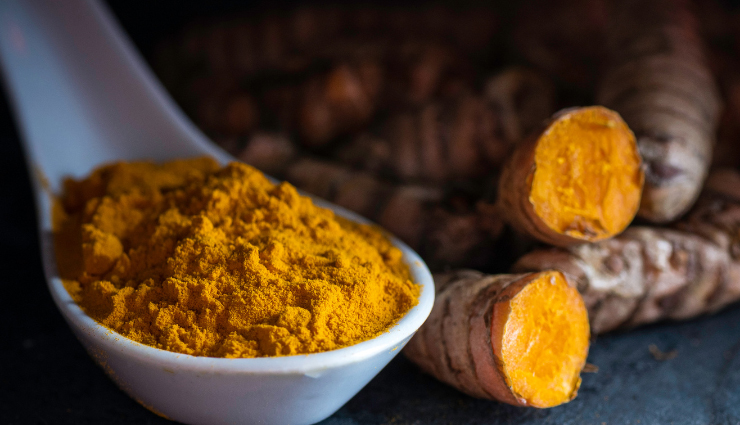
# Turmeric Paste
Turmeric paste is a traditional remedy with natural anti-inflammatory and antimicrobial properties that can help in the treatment of boils on the inner thighs. Here's how you can use turmeric paste to assist in the healing process:
- Mix turmeric powder with a small amount of water or coconut oil to create a thick paste. The oil will help enhance the absorption of curcumin, the active compound in turmeric responsible for its beneficial properties.
- Wash the area around the boil with mild soap and water. Gently pat the area dry with a clean towel.
- Using a clean fingertip or a cotton swab, apply the turmeric paste directly to the boil. Ensure that the entire affected area is covered with the paste.
- If the boil is open or draining, you can cover it with a clean bandage or gauze pad. This can help protect the area and prevent the spread of bacteria.
- Allow the turmeric paste to remain on the boil for at least 20 to 30 minutes. You can leave it on for longer if it is comfortable and doesn't cause irritation.
- After the recommended time, gently rinse off the turmeric paste with lukewarm water. Pat the area dry with a clean towel.
- Apply the turmeric paste to the boil twice daily until you notice improvement in the boil's condition. It may take several days for the boil to heal completely.
- Keep an eye on the area where you applied the turmeric paste. If you experience any redness, swelling, or increased irritation, discontinue use and wash the area thoroughly with water.
- As with any boil treatment, avoid squeezing or trying to lance the boil yourself, as it can lead to further infection and complications.
Important Note: Turmeric paste is generally safe for topical use, but some individuals may be sensitive to it. Always do a patch test on a small area of skin before applying turmeric paste to larger areas. If you have any known allergies or skin conditions, consult a healthcare professional before using turmeric paste.
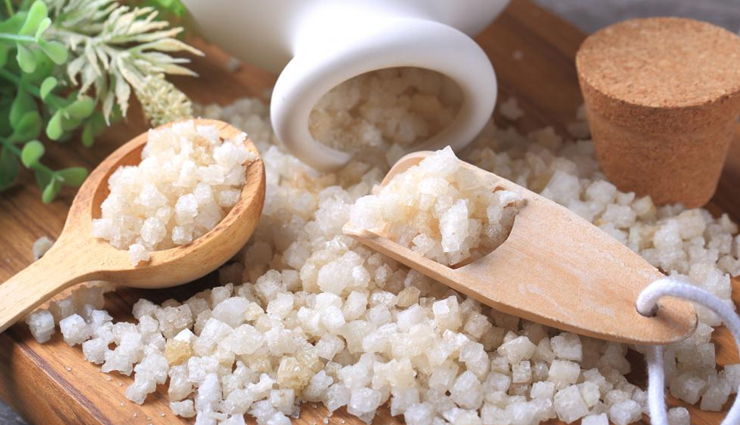
# Epsom Salt Bath
Taking an Epsom salt bath can be a soothing and beneficial home remedy to help treat boils on the inner thighs. Epsom salt, also known as magnesium sulfate, has anti-inflammatory properties and can help draw out toxins from the skin, which may aid in the healing process. Here's how to use an Epsom salt bath to treat boils:
- Fill a bathtub with warm water. Add about 1 to 2 cups of Epsom salt to the water. Stir the water with your hand to dissolve the Epsom salt.
- Immerse yourself in the Epsom salt bath and soak for about 20 to 30 minutes. Make sure the affected area on your inner thighs is submerged in the water.
- While in the bath, try to relax and let the Epsom salt work its magic. The warm water can help reduce inflammation and soothe the boil, providing relief from discomfort.
- After the soaking session, carefully pat yourself dry with a clean towel. Avoid rubbing the affected area vigorously, as it may cause irritation or further aggravate the boil.
- If the boil is open or draining, gently clean the area with mild soap and water after the Epsom salt bath. Pat it dry with a clean towel and cover it with a clean bandage or gauze pad to protect it from bacteria and further irritation.
- You can take Epsom salt baths two to three times a week until the boil heals. However, if the boil worsens or shows no improvement, discontinue the baths and seek medical advice.
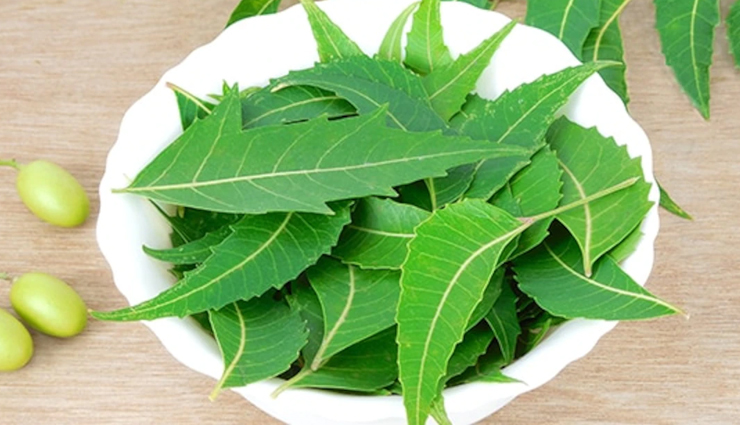
# Neem Leaves
Neem leaves have long been used in traditional medicine for their powerful antibacterial and anti-inflammatory properties. They can be an effective home remedy to treat boils on the inner thighs. Here's how to use neem leaves to help with the healing process:
- Boil a handful of neem leaves in water until the water turns green and the leaves release their therapeutic compounds. Let the solution cool down to room temperature.
- Before applying the neem leaf solution, wash the area around the boil with mild soap and water. Gently pat the area dry with a clean towel.
- Dip a clean cotton ball or cloth in the neem leaf solution and gently apply it to the boil. Ensure that the affected area is thoroughly soaked with the solution.
- Allow the neem leaf solution to air dry on the boil. Avoid rubbing or touching the area during this time.
- Apply the neem leaf solution to the boil twice daily until you notice improvement in the boil's condition. The antibacterial properties of neem can help fight the infection and reduce inflammation.
- If you have access to neem oil, you can mix a few drops of it with a carrier oil (such as coconut oil) and apply it directly to the boil. Neem oil has similar properties to neem leaves and can be beneficial in treating the boil.
- Keep an eye on the area where you applied the neem leaf solution or neem oil. If you experience any redness, swelling, or increased irritation, discontinue use and wash the area thoroughly with water.

# Aloe Vera Gel
Aloe vera gel is a natural remedy with soothing and healing properties that can help in the treatment of boils on the inner thighs. Aloe vera has antibacterial and anti-inflammatory qualities, which can aid in reducing pain, inflammation, and promoting faster healing. Here's how to use aloe vera gel to assist in the healing process:
- Extract fresh aloe vera gel from an aloe vera leaf. Cut a leaf and squeeze out the clear gel from the inner part of the leaf.
- Wash the area around the boil with mild soap and water. Gently pat the area dry with a clean towel.
- Using a clean fingertip or a cotton swab, apply the fresh aloe vera gel directly to the boil. Ensure that the entire affected area is covered with the gel.
- Allow the aloe vera gel to air dry on the boil. Avoid rubbing or touching the area during this time.
- Apply the aloe vera gel to the boil several times a day until you notice improvement in the boil's condition. The gel's soothing properties can help alleviate discomfort and promote healing.
- If the boil is open or draining, you can cover it with a clean bandage or gauze pad. This can help protect the area and prevent the spread of bacteria.
- Keep an eye on the area where you applied the aloe vera gel. If you experience any redness, swelling, or increased irritation, discontinue use and wash the area thoroughly with water.
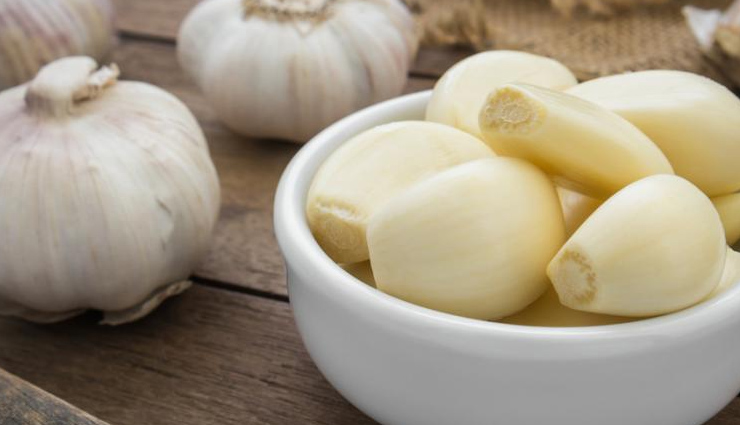
# Garlic
Garlic is a natural remedy with strong antibacterial and anti-inflammatory properties that can help in the treatment of boils on the inner thighs. Its active compound allicin has potent antimicrobial effects, making garlic an effective home remedy for promoting healing. Here's how to use garlic to assist in the healing process:
- Peel and crush a few fresh garlic cloves to release the beneficial compounds.
- Wash the area around the boil with mild soap and water. Gently pat the area dry with a clean towel.
- Take the crushed garlic and apply it directly to the boil. Ensure that the garlic covers the entire affected area.
- If the boil is open or draining, you can cover it with a clean bandage or gauze pad. This can help protect the area and prevent the spread of bacteria.
- Leave the crushed garlic on the boil for about 15 to 20 minutes. You may experience a slight tingling sensation, which is normal.
- After the recommended time, rinse the area with lukewarm water to remove the garlic residue.
- Apply crushed garlic to the boil several times a day until you notice improvement in the boil's condition. The antibacterial properties of garlic can help fight the infection and reduce inflammation.
- Keep an eye on the area where you applied the crushed garlic. If you experience any redness, swelling, or increased irritation, discontinue use and wash the area thoroughly with water.
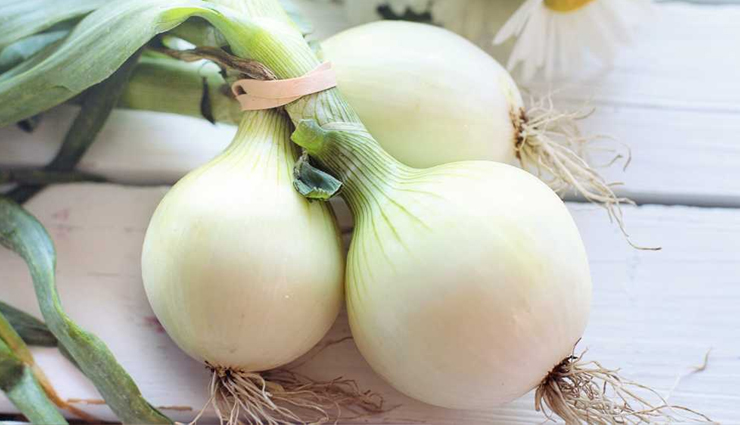
# Onion Poultice
An onion poultice is a traditional home remedy that can be beneficial in treating boils on the inner thighs. Onions have natural antimicrobial and anti-inflammatory properties that may help draw out the infection and promote healing. Here's how to create an onion poultice and use it for the treatment of boils:
- You will need a fresh onion and a clean cloth or gauze pad.
- Chop or grate the fresh onion to release its juices. Place the chopped onion in the center of the clean cloth or gauze pad.
- You can warm the onion poultice slightly in the microwave for a few seconds, but make sure it is not too hot to avoid burning the skin.
- Gently place the onion poultice directly on the boil. Ensure that the poultice covers the entire affected area.
- If desired, you can cover the onion poultice with plastic wrap or a clean plastic bag to help retain moisture and prevent the onion odor from spreading.
- Leave the onion poultice on the boil for about 30 minutes to an hour. During this time, the poultice may draw out the infection and pus from the boil.
- After the recommended time, remove the onion poultice and gently wash the area with mild soap and water to remove any onion residue.
- You can apply the onion poultice two to three times a day until you notice improvement in the boil's condition. Continue using it until the boil drains and heals.
- Keep an eye on the area where you applied the onion poultice. If you experience any redness, swelling, or increased irritation, discontinue use and wash the area thoroughly with water.
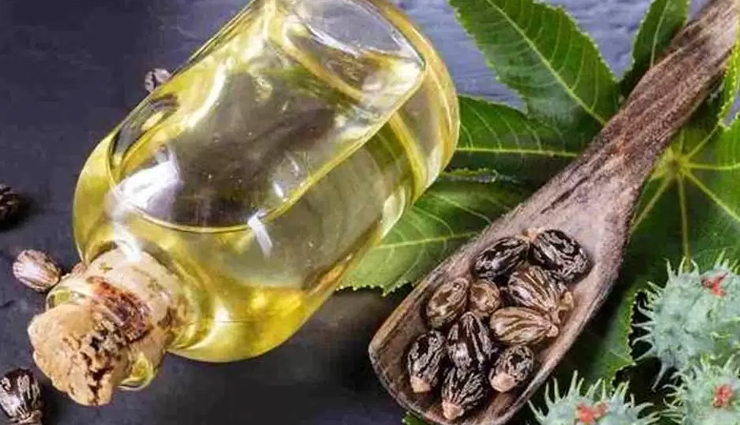
# Castor Oil
Castor oil is a natural remedy that has been used for centuries for its anti-inflammatory and antimicrobial properties, making it a potentially effective home remedy for treating boils on the inner thighs. Here's how to use castor oil to assist in the healing process:
- You will need pure castor oil and a clean cotton ball or cloth.
- Wash the area around the boil with mild soap and water. Gently pat the area dry with a clean towel.
- Dip a clean cotton ball or cloth in the castor oil and apply it directly to the boil. Ensure that the entire affected area is covered with the oil.
- If the boil is open or draining, you can cover it with a clean bandage or gauze pad. This can help protect the area and prevent the spread of bacteria.
- Leave the castor oil on the boil for as long as possible. It's best to leave it on overnight if you can.
- Apply castor oil to the boil once or twice daily until you notice improvement in the boil's condition. The oil's anti-inflammatory and antimicrobial properties may help reduce pain, inflammation, and fight the infection.
- If you prefer, you can rinse off the castor oil after a few hours, especially if you have to go out or don't want to leave it on overnight.
- Keep an eye on the area where you applied the castor oil. If you experience any redness, swelling, or increased irritation, discontinue use and wash the area thoroughly with water.
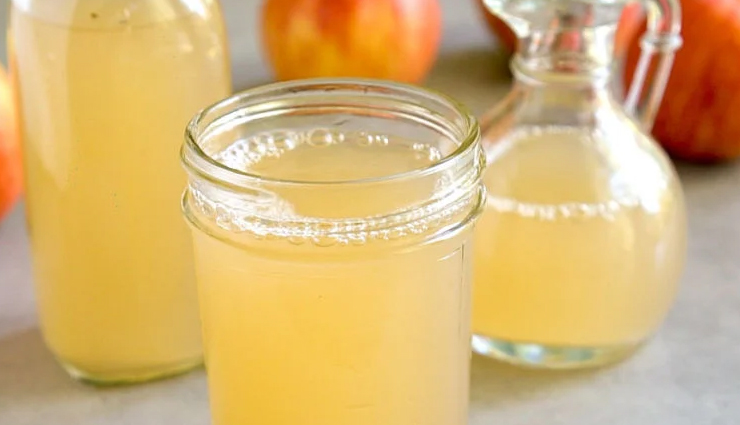
# Apple Cider Vinegar
Apple cider vinegar (ACV) is a natural remedy with antimicrobial properties that can be used to help treat boils on the inner thighs. It contains acetic acid, which may help fight off the infection and promote healing. Here's how to use apple cider vinegar as a home remedy for boils:
- Mix equal parts of raw, unfiltered apple cider vinegar and water. Diluting the ACV is essential to prevent skin irritation, as undiluted ACV can be harsh on the skin.
- Wash the area around the boil with mild soap and water. Gently pat the area dry with a clean towel.
- Using a cotton ball or clean cloth, apply the diluted apple cider vinegar directly to the boil. Make sure to cover the entire affected area with the solution.
- Allow the diluted ACV to air dry on the boil. Avoid rubbing or touching the area during this time.
- Apply the diluted apple cider vinegar to the boil two to three times a day until you notice improvement in the boil's condition. The ACV's antimicrobial properties may help combat the infection and reduce inflammation.
- If you find the apple cider vinegar too strong or if it causes discomfort, you can rinse off the area with water after a few minutes of application.
- Keep an eye on the area where you applied the diluted apple cider vinegar. If you experience any redness, swelling, or increased irritation, discontinue use and wash the area thoroughly with water.
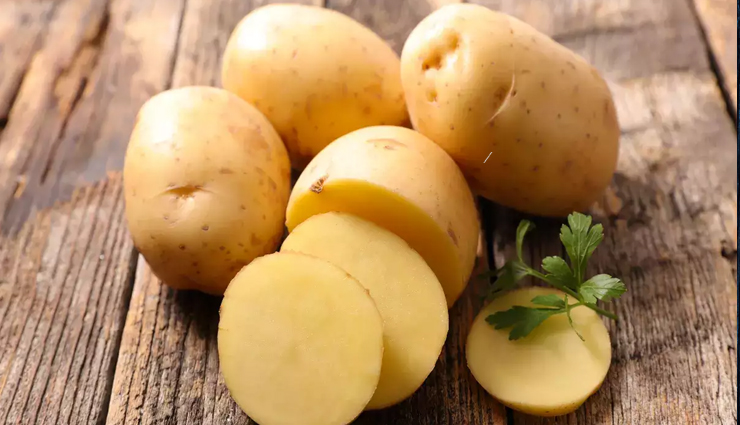
# Potatoes
Potatoes can be used as a natural remedy to assist in the treatment of boils on the inner thighs. Potatoes have anti-inflammatory properties and contain enzymes that may help soothe the skin and promote healing. Here's how to use potatoes as a home remedy for boils:
- You will need a clean potato and a grater or blender.
- Wash the potato thoroughly and peel it if desired. Grate the potato using a grater or blend it in a blender to create a smooth paste.
- Take the grated potato or potato paste and apply it directly to the boil. Ensure that the entire affected area is covered with the paste.
- If the boil is open or draining, you can cover it with a clean bandage or gauze pad. This can help protect the area and prevent the spread of bacteria.
- Leave the potato paste on the boil for about 15 to 20 minutes.
- After the recommended time, rinse the area with lukewarm water to remove the potato residue.
- Apply potato paste to the boil two to three times a day until you notice improvement in the boil's condition. The potato's anti-inflammatory properties may help reduce pain, inflammation, and promote healing.
- Keep an eye on the area where you applied the potato paste. If you experience any redness, swelling, or increased irritation, discontinue use and wash the area thoroughly with water.
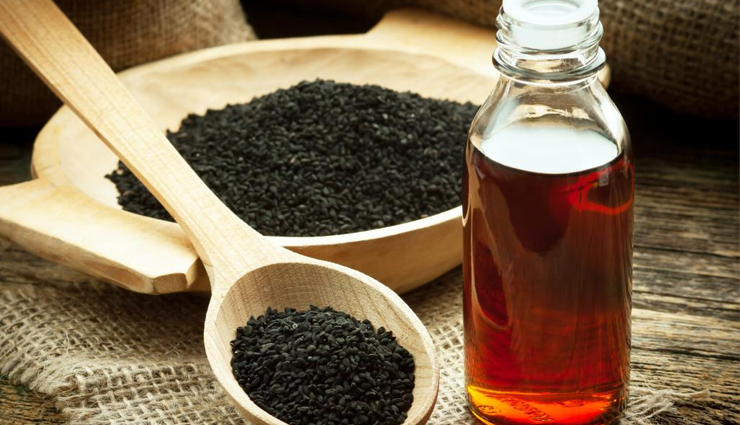
# Black Seed Oil
Black seed oil, also known as black cumin seed oil or Nigella sativa oil, is a natural remedy with various medicinal properties, including antibacterial and anti-inflammatory effects. It can be used as a home remedy to help treat boils on the inner thighs. Here's how to use black seed oil for this purpose:
- You will need pure black seed oil and a clean cotton ball or cloth.
- Wash the area around the boil with mild soap and water. Gently pat the area dry with a clean towel.
- Dip a clean cotton ball or cloth in the black seed oil and apply it directly to the boil. Make sure to cover the entire affected area with the oil.
- If the boil is open or draining, you can cover it with a clean bandage or gauze pad. This can help protect the area and prevent the spread of bacteria.
- Leave the black seed oil on the boil for as long as possible. It's best to leave it on overnight if you can.
- Apply black seed oil to the boil two to three times a day until you notice improvement in the boil's condition. The oil's antibacterial and anti-inflammatory properties may help combat the infection and reduce inflammation.
- If you find the black seed oil too strong or if it causes discomfort, you can rinse off the area with water after a few minutes of application.
- Keep an eye on the area where you applied the black seed oil. If you experience any redness, swelling, or increased irritation, discontinue use and wash the area thoroughly with water.
When to Seek Medical Attention:
While home remedies can help manage mild boils, it's essential to consult a healthcare professional if:
- The boil is very large, painful, or does not drain on its own.
- You develop a fever or experience severe pain and swelling.
- The infection spreads or recurs frequently.
What Causes Boils On The Inner Thighs?
Boils on the inner thighs are generally caused by a bacterial infection. The most common bacteria responsible for these infections is Staphylococcus aureus, commonly known as staph bacteria. These bacteria can enter the body through tiny cuts or breaks in the skin, leading to an infection in the hair follicles or sweat glands.
The following factors can contribute to the development of boils on the inner thighs:
# Friction and Irritation: Frequent friction or irritation between the thighs can lead to small cuts or abrasions, providing a pathway for bacteria to enter and cause an infection.
# Poor Hygiene: Inadequate hygiene practices can allow bacteria to accumulate on the skin's surface, increasing the risk of infection.
# Weakened Immune System: A weakened immune system may struggle to fend off bacterial infections effectively, making an individual more susceptible to developing boils.
# Ingrown Hairs: Ingrown hairs occur when a hair curls back or grows sideways into the skin, leading to inflammation and infection of the hair follicle.
# Diabetes: People with diabetes may be more prone to developing boils due to their compromised immune system and high blood sugar levels, which create an environment favorable for bacterial growth.
# Close Contact: Being in close contact with someone who has a staph infection or using contaminated objects can increase the risk of bacterial transmission.
# Chronic Skin Conditions: Individuals with chronic skin conditions like eczema or dermatitis may have weakened skin barriers, making it easier for bacteria to enter and cause infections.
# Obesity: Overweight individuals are more susceptible to friction between the thighs, increasing the likelihood of developing boils.
# Sweating: Excessive sweating can lead to moisture accumulation in skin folds, providing an ideal environment for bacteria to thrive.
It's important to note that boils can be contagious. If a boil ruptures and the pus comes into contact with another person's skin, it can potentially lead to new boils in that person.





